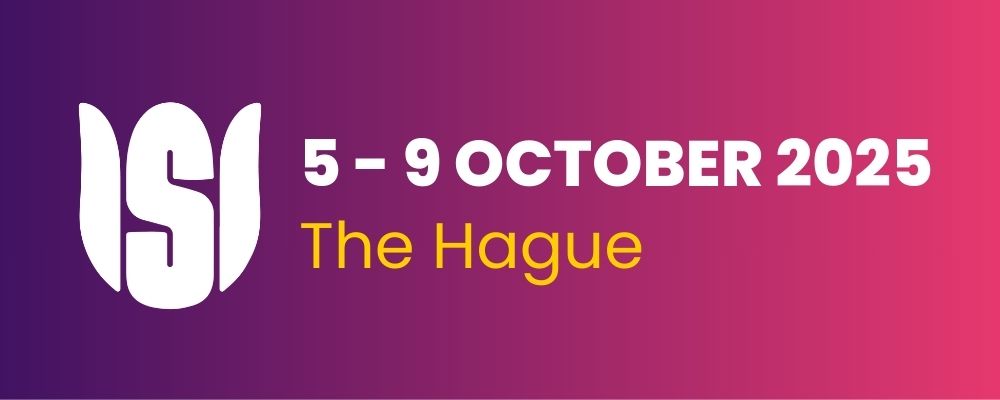Advancements in Statistical Methodologies for Environmental and Health Data Analysis
Conference
Category: The International Environmetrics Society (TIES)
Proposal Description
This session brings together innovative methodologies for analyzing environmental and health data, with a focus on advancing statistical techniques to address pressing challenges in air quality monitoring, causal inference, and infectious disease surveillance. The methods are presented in three talks. The first talk by Dr. Monica Pirani from Imperial College (UK), proposes a receptor model view to identify and quantify the sources of air pollutants observed at a particular location by combining machine learning and Bayesian probabilistic approaches. A second talk proposed by Dr. Grace Chiu from the Virginia Institute of Marine Science (USA) uncovers the use of alternative modeling approaches for estimating propensity scores in the context of observational studies and causal inference using different latent-variable parametrizations. The third talk presented by Professor Elena Naumova from Tufts University (USA) deals with the use of longitudinal research methods to analyze the seasonal patterns of infectious diseases from data collected from publicly available global health surveillance systems using mixed effects models with harmonic components. The aim of these methods is guiding decision-making efforts aimed at mitigating environmental impacts and protecting public health, and their impact and contributions will be discussed by Professor Veronica Berrocal from University of California Irvine (USA).

